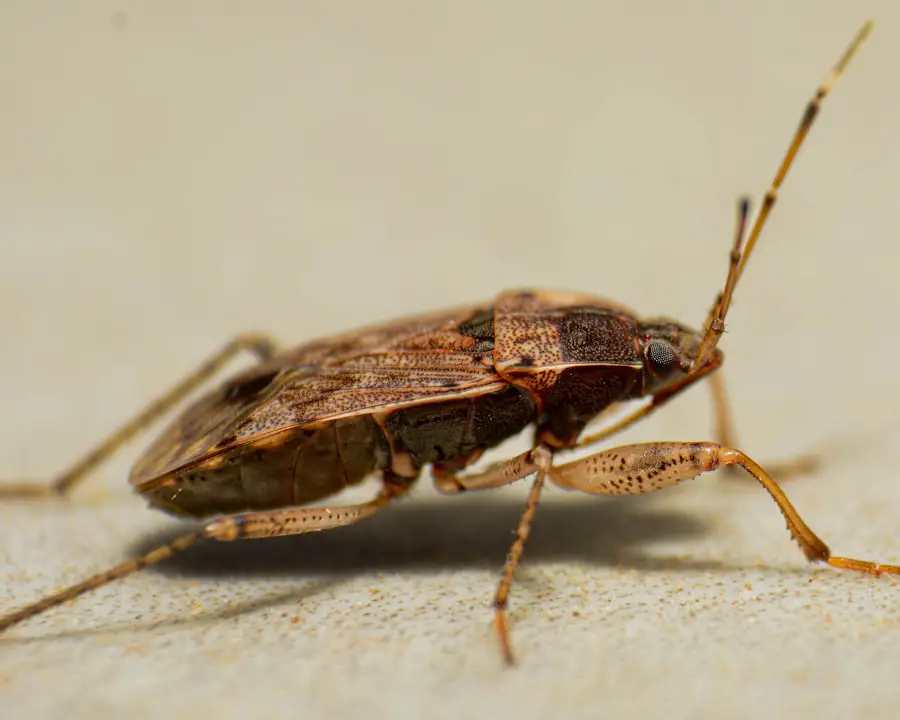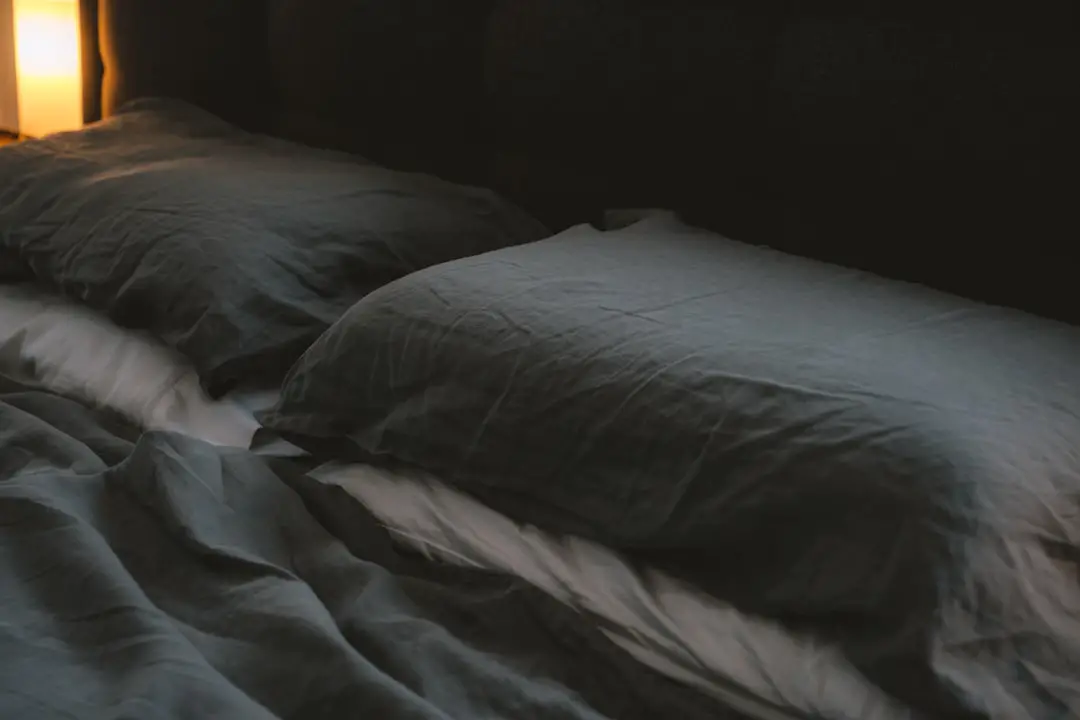Bed bugs, scientifically known as Cimex lectularius, have emerged as a significant concern in both urban and rural settings, particularly in areas with high human traffic such as hotels, hostels, and public transportation. These small, reddish-brown insects are nocturnal parasites that feed on the blood of humans and animals. Their resurgence in recent years can be attributed to increased international travel, the rise of second-hand furniture markets, and the ineffectiveness of some pest control methods.
Unlike many other pests, bed bugs do not transmit diseases; however, their bites can lead to severe itching, allergic reactions, and secondary infections due to scratching. The life cycle of a bed bug is particularly alarming. A female bed bug can lay up to five eggs per day, and these eggs can hatch within a week under optimal conditions.
This rapid reproduction rate means that a small infestation can quickly escalate into a larger problem if not addressed promptly. Bed bugs are adept at hiding in crevices and seams of furniture, making them difficult to detect until an infestation is well-established. Their resilience to many common pesticides further complicates eradication efforts, necessitating a comprehensive understanding of their behavior and biology for effective management.
Key Takeaways
- Bed bugs are a common problem in hotels and can easily be brought home by travelers.
- Travelers should take precautionary measures such as inspecting hotel rooms and properly inspecting luggage.
- Inspecting hotel rooms for bed bugs involves checking the mattress, headboard, and luggage rack.
- If bed bugs are found in a hotel room, travelers should notify hotel management and request a new room or a refund.
- Preventing bed bug infestations at home involves regular inspection of luggage and avoiding second-hand furniture.
Precautionary Measures for Travelers
Travelers can take several precautionary measures to minimize the risk of encountering bed bugs during their journeys. One of the most effective strategies is to conduct thorough research before booking accommodations. Online reviews and travel forums often provide insights into previous guests’ experiences regarding cleanliness and pest issues.
Additionally, choosing hotels that have implemented rigorous pest control measures can significantly reduce the likelihood of encountering bed bugs. When packing for a trip, it is advisable to use hard-shell luggage rather than soft-sided bags, as the latter can provide more hiding spots for bed bugs. Packing clothing in sealed plastic bags can also help prevent any potential hitchhikers from making their way into your belongings.
Furthermore, travelers should consider bringing along a portable bed bug detector or a flashlight to assist in inspections upon arrival at their accommodations. By taking these proactive steps, travelers can significantly reduce their risk of bringing bed bugs home with them.
How to Inspect Your Hotel Room for Bed Bugs

Upon entering a hotel room, it is crucial to conduct a thorough inspection for signs of bed bugs before unpacking. Start by placing your luggage in the bathroom or on a hard surface away from the bed and upholstered furniture. This precaution minimizes the risk of bed bugs crawling into your belongings while you inspect the room.
Begin your inspection by examining the mattress seams and tags for any signs of bed bugs or their excrement, which appears as small dark spots. Next, check the headboard and bed frame for any visible signs of bed bugs or shed skins. Bed bugs often hide in cracks and crevices, so it is essential to look closely at these areas.
Additionally, inspect nearby furniture such as nightstands and chairs, as well as the carpet edges and baseboards. If you notice any signs of bed bugs during your inspection, it is advisable to request a different room or seek alternative accommodations immediately.
What to Do If You Find Bed Bugs in Your Hotel Room
| Steps to Take | Details |
|---|---|
| 1. Notify Hotel Staff | Inform the hotel staff immediately if you suspect bed bugs in your room. |
| 2. Request a New Room | Ask to be moved to a different room that is not adjacent to the infested one. |
| 3. Inspect Luggage | Check your luggage and belongings for any signs of bed bugs before leaving the room. |
| 4. Launder Clothing | Wash and dry your clothing on high heat to kill any potential bed bugs. |
| 5. Report the Incident | Report the bed bug incident to the local health department and/or consumer protection agency. |
Discovering bed bugs in your hotel room can be alarming, but it is essential to remain calm and take immediate action. First, avoid panicking or attempting to kill the bugs yourself, as this may lead to further spreading them throughout the room or onto your belongings. Instead, document your findings by taking photographs of the bed bugs and any evidence of their presence, such as fecal stains or shed skins.
Next, notify hotel management immediately about your discovery. Most reputable hotels have protocols in place for handling bed bug complaints and will likely offer you a different room or assist you in finding alternative accommodations. It is also wise to request that the hotel staff conduct a thorough inspection of the room you were initially assigned to ensure that no bed bugs remain.
If you have already unpacked your belongings, carefully inspect them for any signs of infestation before moving to a new room.
Tips for Preventing Bed Bug Infestations in Your Home
Preventing bed bug infestations in your home requires vigilance and proactive measures. One of the most effective strategies is to regularly inspect your living space for signs of bed bugs, particularly in areas where they are likely to hide, such as mattresses, box springs, and upholstered furniture. Vacuuming frequently can help remove any potential hitchhikers that may have entered your home on clothing or luggage.
Another critical preventive measure is to be cautious when bringing second-hand items into your home. Before acquiring used furniture or clothing, inspect them thoroughly for any signs of bed bugs or their eggs. If possible, treat these items with heat or cold before bringing them inside.
Additionally, using protective mattress encasements can create a barrier against bed bugs and make it easier to spot any potential infestations early on.
The Importance of Proper Luggage Inspection

Proper luggage inspection is an essential step in preventing bed bug infestations after traveling. Upon returning home, it is crucial to inspect your luggage thoroughly before bringing it inside. Start by checking the exterior seams and zippers for any signs of bed bugs or eggs.
Using a flashlight can help illuminate dark areas where these pests may be hiding. Once you have inspected the outside of your luggage, unpack your belongings in an area away from your living space, such as a garage or laundry room. Carefully examine each item for any signs of bed bugs before placing them back into your home.
Washing clothing in hot water and drying them on high heat can effectively kill any potential pests that may have hitched a ride during your travels. By taking these precautions, you can significantly reduce the risk of introducing bed bugs into your home environment.
What to Look for in a Bed Bug-Proof Hotel
When selecting accommodations for travel, it is essential to look for hotels that prioritize pest control and have implemented measures to prevent bed bug infestations. One key indicator is whether the hotel has a dedicated pest management program in place that includes regular inspections and treatments by licensed professionals. Hotels that are transparent about their pest control practices are more likely to take the issue seriously.
Additionally, consider choosing hotels that offer features designed to minimize the risk of bed bugs. For example, properties with hardwood floors instead of carpeting are less likely to harbor pests. Furthermore, hotels that provide encased mattresses and box springs can help prevent infestations from taking hold in the first place.
Reading reviews from previous guests can also provide valuable insights into the hotel’s cleanliness and pest management practices.
The Role of Hotel Staff in Preventing Bed Bug Infestations
Hotel staff play a crucial role in preventing bed bug infestations within their establishments. Training employees to recognize the signs of bed bugs is essential for early detection and prompt action. Staff should be educated on how to conduct thorough inspections during routine cleaning and maintenance checks, ensuring that any potential issues are identified before they escalate.
Moreover, hotel management should foster an environment where staff members feel comfortable reporting any concerns related to pest control without fear of repercussions. Encouraging open communication between employees and management can lead to more effective pest management strategies and ultimately create a safer environment for guests. Regular training sessions on pest control best practices can further enhance staff awareness and preparedness in dealing with potential infestations.
The Dangers of Bed Bug Bites and Infestations
While bed bugs are not known to transmit diseases, their bites can cause significant discomfort and distress for those affected.
The bites typically appear as small red welts on the skin and may be accompanied by intense itching or allergic reactions in some individuals. Scratching these bites can lead to secondary infections or exacerbate existing skin conditions.In addition to physical discomfort, bed bug infestations can have psychological effects on individuals who experience them. The anxiety associated with finding these pests in one’s living space can lead to sleep disturbances and increased stress levels. In severe cases, individuals may develop a condition known as “delusory parasitosis,” where they believe they are infested with parasites despite no evidence supporting this belief.
Addressing both the physical and psychological impacts of bed bug infestations is crucial for those affected.
How to Handle Bed Bug Complaints with Hotel Management
When addressing bed bug complaints with hotel management, it is essential to approach the situation calmly and professionally. Begin by documenting your experience thoroughly, including details about when you discovered the bed bugs and any evidence you collected during your inspection. This documentation will provide hotel management with a clear understanding of the issue at hand.
When speaking with hotel staff or management, express your concerns respectfully while emphasizing the importance of addressing the problem promptly. Most reputable hotels will take such complaints seriously and will likely offer solutions such as relocating you to another room or providing compensation for your inconvenience. If you feel that your concerns are not being adequately addressed, consider escalating the issue by contacting corporate management or filing a complaint with local health authorities.
Resources for Dealing with Bed Bug Infestations
Several resources are available for individuals dealing with bed bug infestations in their homes or while traveling. The Environmental Protection Agency (EPA) provides comprehensive guidelines on identifying and managing bed bug infestations effectively. Their website offers information on prevention strategies, treatment options, and tips for selecting pest control professionals.
Local health departments may also offer resources related to pest control services and educational materials on dealing with infestations. Additionally, various pest control companies specialize in bed bug eradication and can provide tailored solutions based on individual circumstances. Online forums and support groups can also serve as valuable platforms for sharing experiences and advice among those affected by bed bug issues.
By utilizing these resources and remaining vigilant about prevention strategies, individuals can effectively manage the risks associated with bed bugs while traveling or at home.
When traveling, it’s important to be vigilant about potential pests like bed bugs in hotel rooms. One helpful article on how to check for bed bugs in a hotel can be found here.
FAQs
What are bed bugs?
Bed bugs are small, reddish-brown insects that feed on the blood of humans and animals. They are typically found in bedding, mattresses, and furniture.
How can I check for bed bugs in a hotel room?
To check for bed bugs in a hotel room, start by inspecting the mattress, box spring, and headboard for any signs of bed bug activity, such as live bugs, shed skins, or small bloodstains. You can also use a flashlight to look for bed bugs in cracks and crevices around the bed and furniture.
What are the signs of a bed bug infestation in a hotel room?
Signs of a bed bug infestation in a hotel room include small reddish-brown bugs, tiny white eggs, dark spots or stains on bedding or furniture, and a sweet, musty odor.
What should I do if I find bed bugs in my hotel room?
If you find bed bugs in your hotel room, notify the hotel staff immediately and request a different room. You should also consider contacting the local health department or a pest control professional for further assistance.
Can I prevent bringing bed bugs home from a hotel?
To prevent bringing bed bugs home from a hotel, inspect your luggage and belongings before leaving the hotel, and wash and dry your clothes on high heat as soon as you return home. It’s also a good idea to store your luggage away from your sleeping area.
